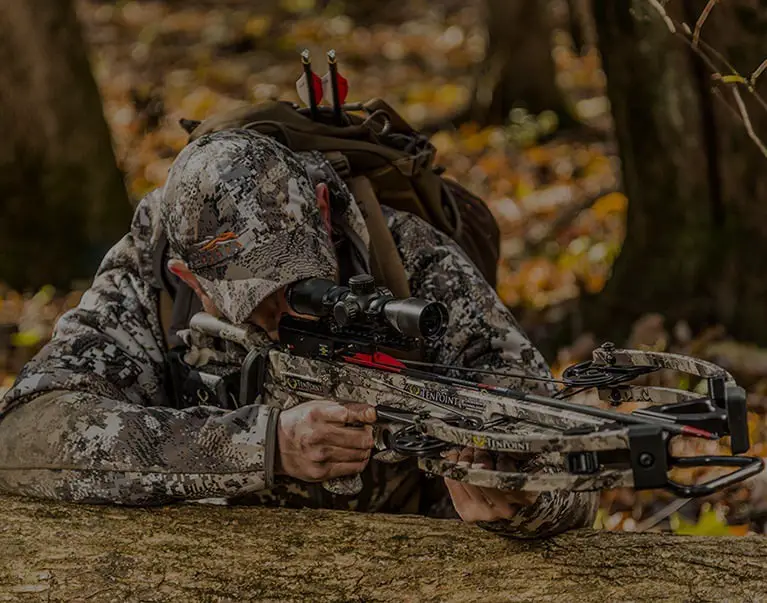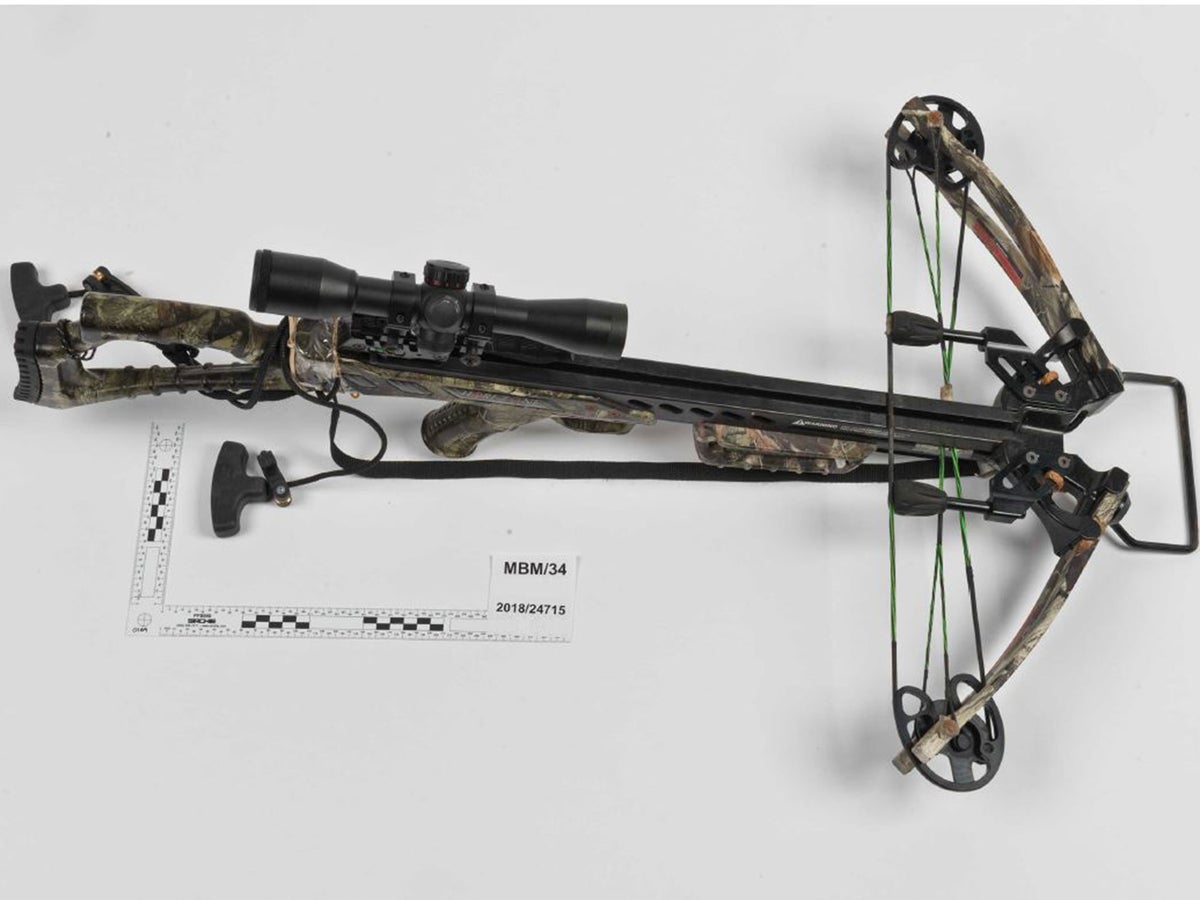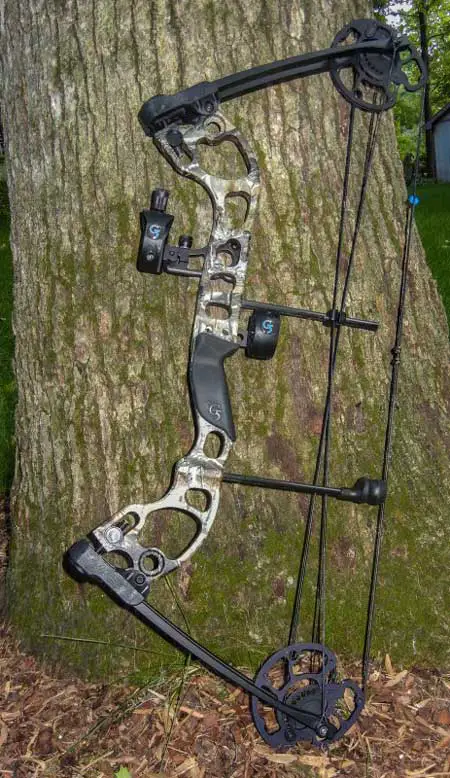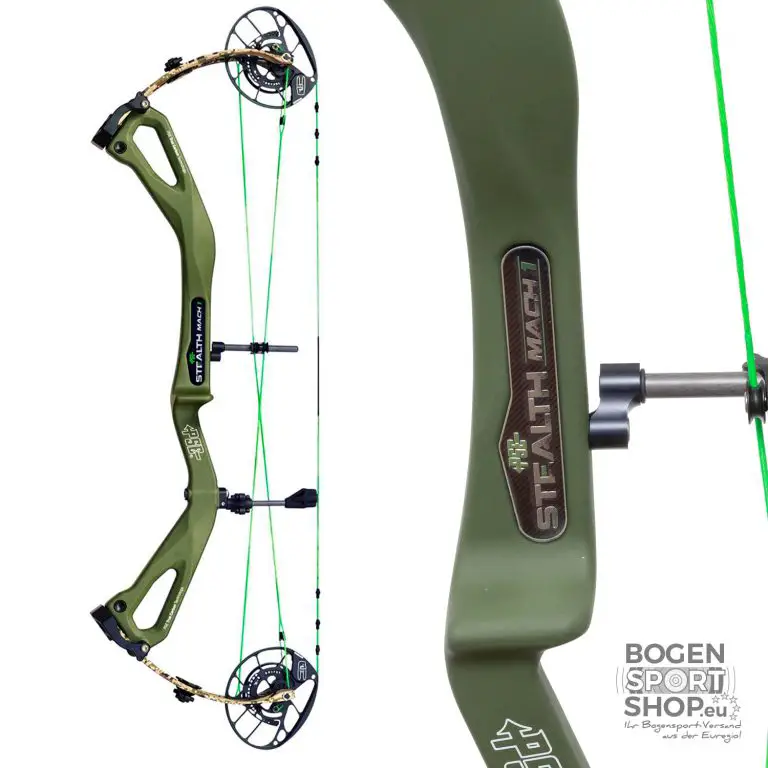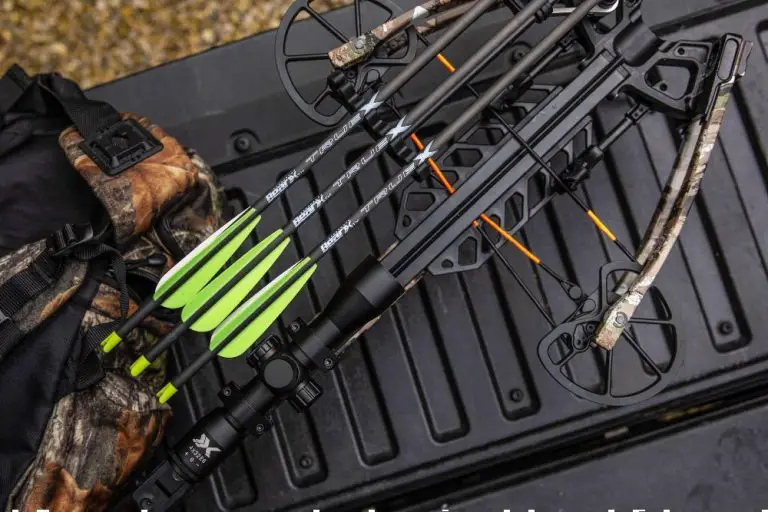How Long Do Crossbows Last
How long do crossbows last? Crossbows, like any other tool or equipment, have a lifespan that can vary depending on several factors. The quality of the crossbow, frequency of use, maintenance, and care all play a role in determining its longevity. When properly cared for and maintained, a well-made crossbow can last for many years, providing countless hours of enjoyment and reliability. However, neglecting regular maintenance or using low-quality materials can significantly reduce its lifespan. In this article, we will explore the factors that contribute to the lifespan of a crossbow and provide tips on how to ensure its longevity. So, if you have ever wondered about the lifespan of your crossbow or are considering purchasing one, keep reading to find out more.

The Compound Bow: A Fusion of Innovation and Tradition
The world of archery boasts a rich tapestry of history, with the bow being one of humanity’s earliest tools for hunting and warfare. Amid this backdrop, the compound bow emerges as a testament to the innovative spirit of modern archery, blending age-old principles with cutting-edge technology. This guide dives into the intricate world of compound bows, explaining their mechanics, advantages, and why they have become the preferred choice for many archers.
What is a Compound Bow?
A compound bow is characterized by a system of cables, pulleys, and cams that assist the archer in holding a high poundage at full draw. Unlike traditional bows, where the draw weight increases as you pull back, compound bows reach a peak weight and then “let-off” to a lower holding weight, allowing the archer to take more time when aiming.

Key Components
Limbs
Unlike the straight limbs of a longbow or the curved limbs of a recurve, compound bow limbs are much stiffer, providing the power behind the arrow. The limbs store and release energy efficiently, enabling compound bows to generate significant power.
Cams
These are the oval-shaped devices that rotate as the bow is drawn. They dictate the draw cycle’s feel and the bow’s overall performance. Cams play a crucial role in the smoothness of the draw and the speed at which the bow shoots. Different cam designs offer varying levels of let-off and can affect the “valley” or the point at which the let-off occurs.
Cables & Strings
Cables and strings are integral to the functioning of the cams. They transfer energy from the cams to the limbs and arrow during a shot. The materials used for cables and strings are strong and durable, ensuring reliable performance. Regular maintenance and inspection of the cables and strings are essential to prevent wear and tear.
Riser
The riser, the central part of the bow, is usually made of aluminum or carbon. It is the foundation to which limbs, sights, stabilizers, and other accessories are attached. The riser’s stability is crucial for the overall accuracy and performance of the compound bow. Different riser designs and materials offer varying levels of balance and vibration dampening.
Advantages of Compound Bows
Power & Speed
One of the primary advantages of compound bows is their ability to generate immense power. The combination of the stiff limbs and the cam system allows compound bows to propel arrows at tremendous speeds. This increased velocity greatly impacts the arrow’s trajectory and its ability to penetrate targets effectively.
Accuracy
The mechanical advantage provided by the compound bow’s design contributes to enhanced accuracy. The let-off feature allows archers to hold the bow at full draw for longer periods, enabling them to aim with greater precision. The reduced effort required to hold the bow steady translates to steadier shots and tighter groupings.
Compact Design
The shorter limb design of compound bows makes them more manageable in tight spaces, such as hunting blinds or dense forests. This compactness allows archers to maneuver through challenging environments and take shots from unconventional positions with ease. It also makes them more convenient to transport and store.
Adjustability
Many compound bows offer a wide range of adjustability, allowing archers to customize their equipment to suit their individual needs. Adjustments can be made to the draw length and draw weight, ensuring a comfortable and optimal shooting experience. This adaptability makes compound bows suitable for archers of all ages and skill levels.

Choosing the Right Compound Bow
Purpose
Before selecting a compound bow, it is essential to determine your intended use. Are you targeting big game, participating in target archery, or perhaps bowfishing? Different purposes may require specific features and specifications. Understanding your goals will help narrow down your options and ensure you choose the right bow for your needs.
Draw Length
Ensuring the compound bow fits your personal draw length is crucial for optimal performance and accuracy. Draw length is the distance between the bowstring at full draw and the grip of the bow. Incorrect sizing can affect your shooting form, resulting in inconsistent shots. Consulting with a professional or using a draw length measurement tool is recommended.
Draw Weight
Starting with a draw weight you can comfortably and consistently handle is essential, especially for beginners. Draw weight refers to the amount of force required to draw the bow to its full draw length. It is crucial to choose a weight that allows you to maintain proper form and execute shots effectively. Gradually increasing the draw weight as you develop strength and skill is recommended.
Let-off
Let-off refers to the percentage of weight reduction when the bow is at full draw. It allows the archer to hold the bow drawn for longer periods with less effort. Higher let-off values result in easier aiming and reduced fatigue. Determining the ideal let-off for your shooting style is a personal preference but is generally recommended for beginners or those with limited physical strength.
Maintenance & Care
Compound bows, with their intricate design, require regular maintenance to ensure optimal performance and longevity. Periodically inspecting strings, cables, and cams for wear and tear is essential. Lubricating moving parts as needed helps minimize friction and maintain smooth operation. Seeking professional tuning once a year can help identify and address any potential issues before they become significant problems.
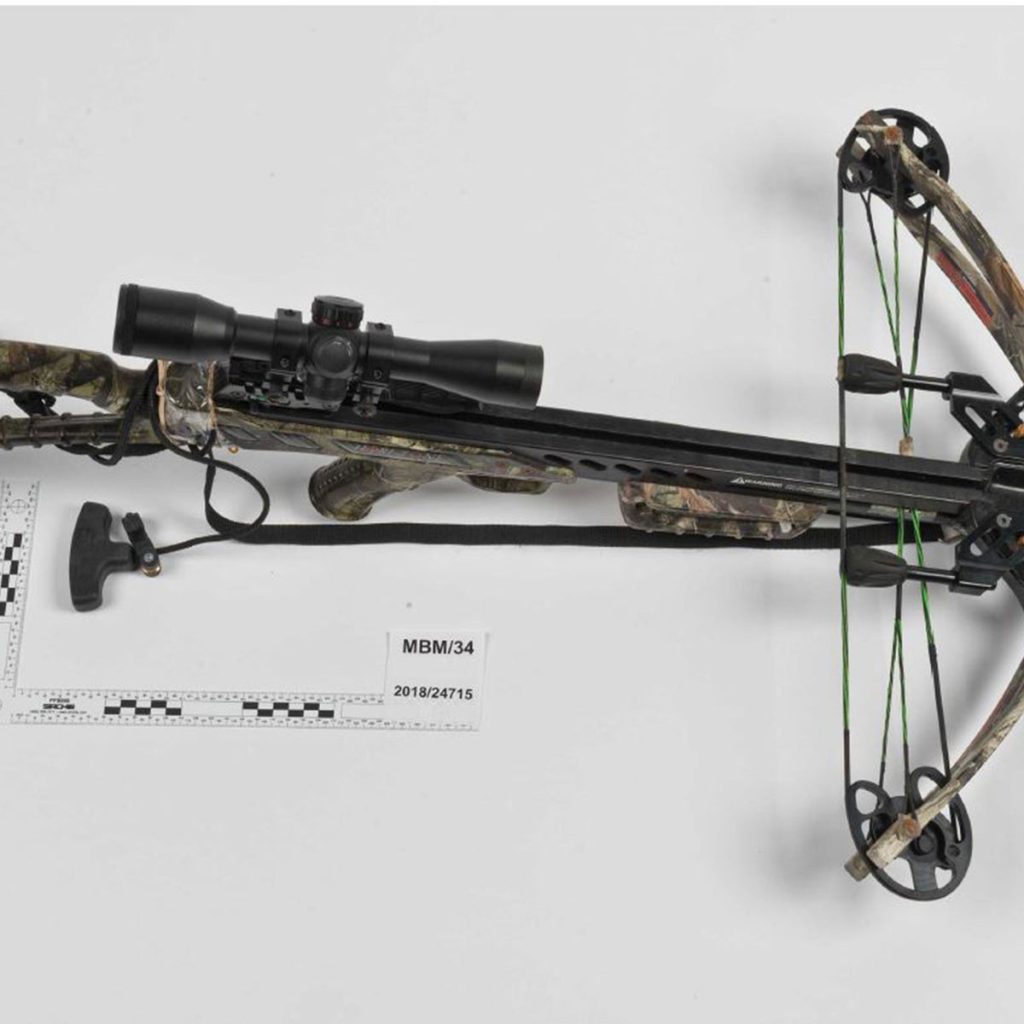
A Word on Safety
The power of a compound bow should never be underestimated. Always use arrows recommended for your specific bow’s draw weight to prevent damage and potential injury. Ensure your shooting lane is clear of any obstructions and that you are aware of what lies beyond your target to prevent accidents. Practicing proper archery safety guidelines and consistently following them is paramount to a safe and enjoyable archery experience.
Conclusion
The compound bow, since its invention in the 1960s, has revolutionized the archery world. It combines the foundations of traditional archery with the advancements of modern technology. The power, speed, accuracy, and adjustability of compound bows make them a preferred choice for many archers, from seasoned professionals to beginners. Whether you’re hunting, engaging in target archery, or simply enjoying the sport, the compound bow offers a unique and thrilling experience that respects tradition while embracing innovation.
